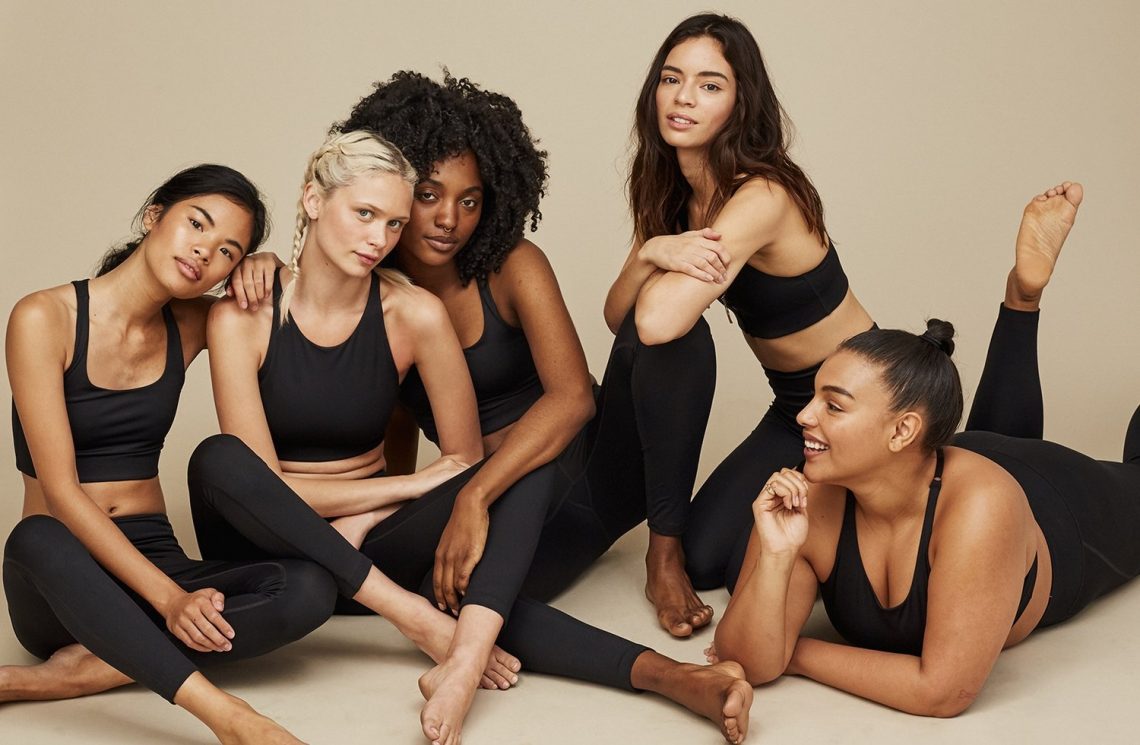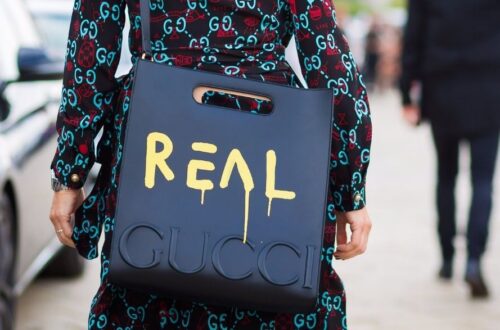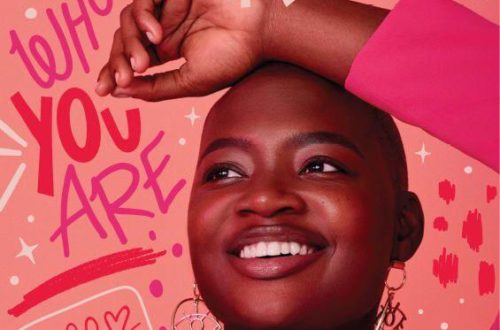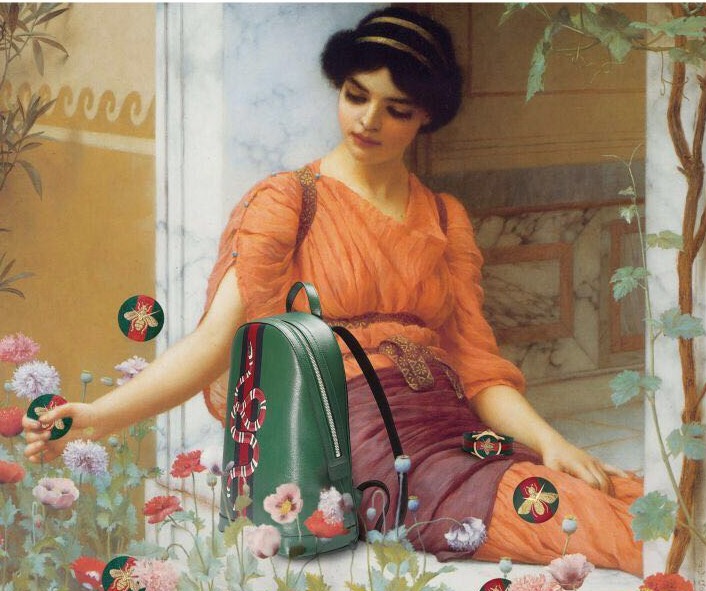On May 25th, 2020, the death of George Floyd came as a “wake up call” for the whole world and, particularly, the fashion and luxury industry: it was apparent that, even in 2020, issues of race were not just a “thing of the past”. The fashion industry has long been subject to public allegations regarding its lack of diversity: many companies send mostly white models down the runway and the few BAME women that are cast have to deal with make-up artists and stylists who aren’t trained to work with darker skin tones and non-Eurocentric hair types.
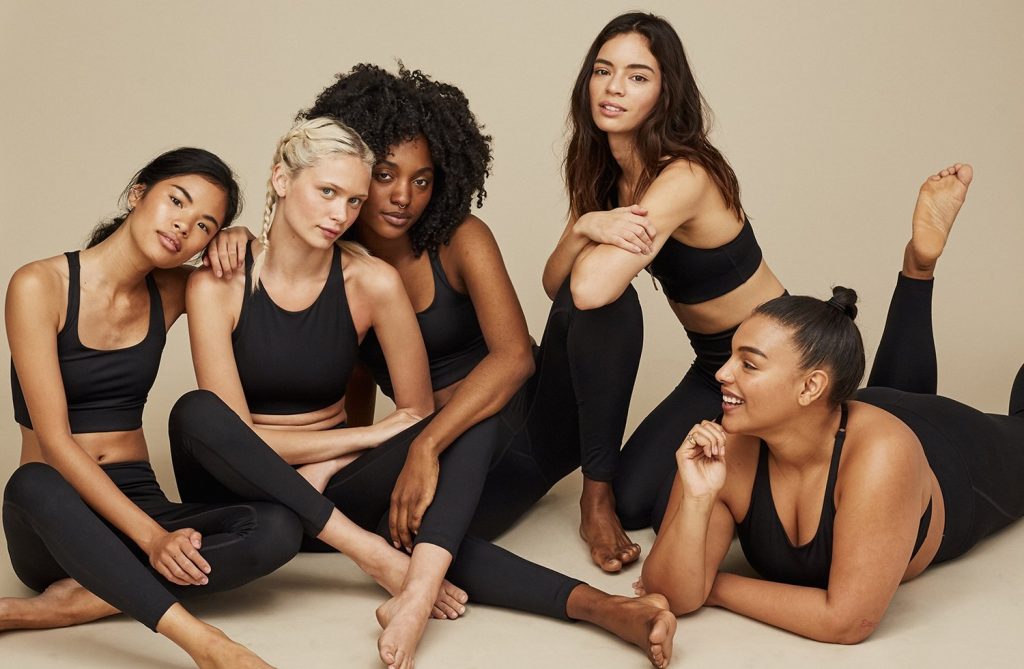
All of this seemed to change with the George Floyd incident. The September 2020 issue of Vogue US featured many people of colour and focused heavily on the future of fashion with regards to race and the environment. In order to capture their cover stars from a non-white gaze, British Vogue started commissioning black photographers, who had previously been virtually invisible. Perhaps most importantly, after many years of efforts to improve diversity on Italian runways, the Fall/Winter 2021 Milan Fashion Week opened with a group of five black designers – a revolutionary act within the industry. One of the designers, Joy Meribe, stated that “as a woman and an immigrant in Italy, I had to work twice as hard to prove that I have the same skills as the others”. All this demonstrated an attentive attempt of the industry to take steps in the right direction.
However, what is surprising is that, from the most recent New York Fashion Week, this momentum towards improving diversity has massively died down, leaving black creatives dissatisfied, to say the least. During the casting of their theme, African Savannah, Kasha Reavis and John Bell had a precise vision for the models of their brand, Bohn Jsell: “we would like to have as many Black models as possible”. Despite the assurance from the company that this request would be satisfied, casting sent down just as many white models as black models.
Reavis, along with other black creatives, feels that there is an unfair and unjustified pressure on black designers to keep up with diversity. The frustration they face comes from the fact that, although people of colour now have more visibility and more opportunities to appear at high profile events such as fashion weeks, they are not provided the resources, including makeup artists and stylists, to fully make use of these opportunities.
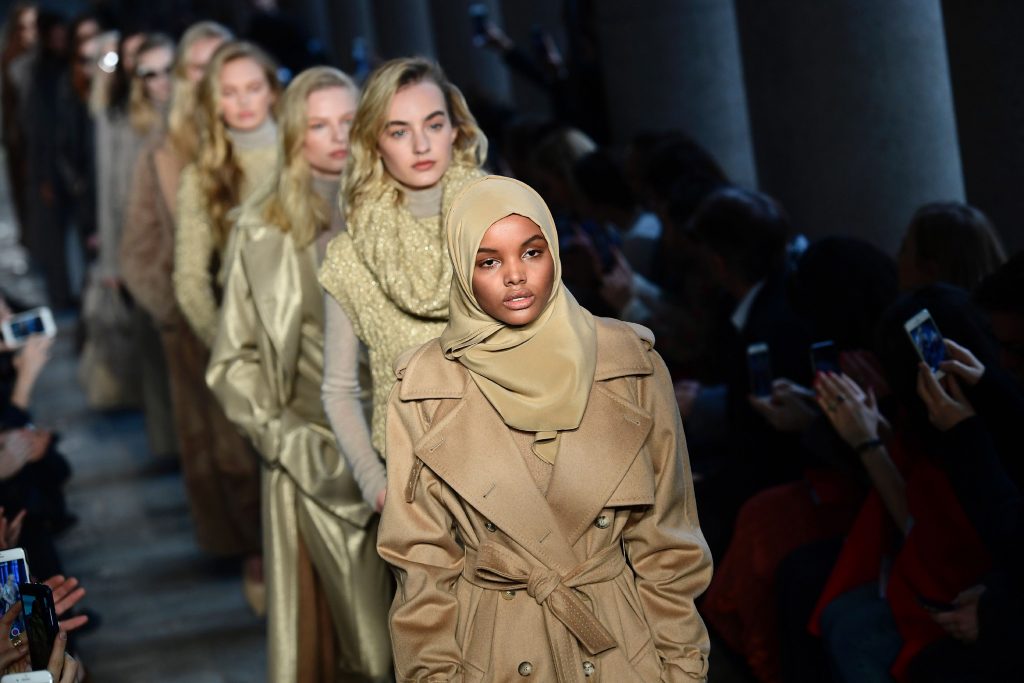
According to the Fashion Diversity Report, racial diversity among models has been falling. In September 2020, when the impact of the Black Lives Matter movement was at its peak, it was found that 57.1 percent of models at NYFW were people of colour, whereas, during the current season, this percentage dropped to 50.7. This is not only surprising, but, in many ways, devastating. Many magazines have published “Buy Black” lists to give more visibility to black-owned businesses. However, many black founders hoped that these would be mere starting points, rather than the end goal. Although many companies have made efforts and promises, many people are concerned that these actions may have been purely performative.
Despite this, there is hope for the industry. In the US, Aurora James, a jewellery designer, created the 15 percent pledge, asking retailers to ensure that 15 percent of their inventory came from black-owned companies. This number roughly aligns with the percentage of the black American population. Nordstrom became one of the largest companies to sign in July 2021. Multiple similar initiatives are being launched in order to level the playing field for people of colour, whether it is financially or through mentorship. Nonetheless, these initiatives are just a starting point: in order to ensure a truly diverse and inclusive industry, brands should engage creatives of colour not as a marketing ploy but for the sake of inclusivity itself.
By Fathima Liyana Kamar

